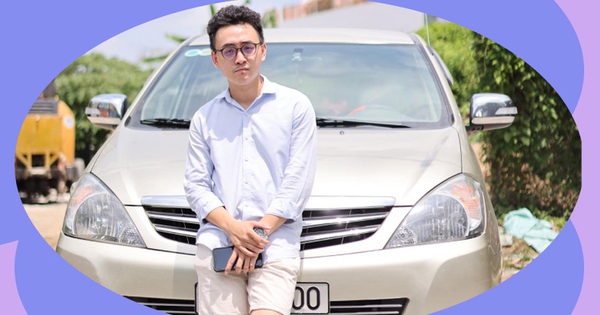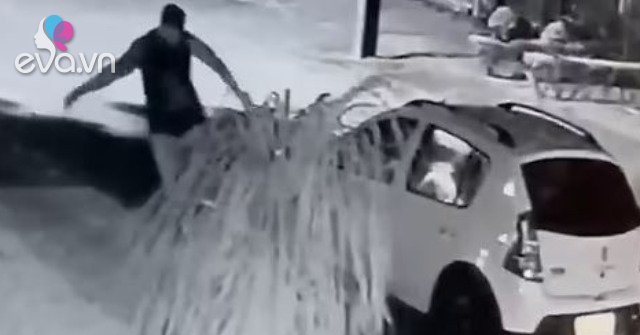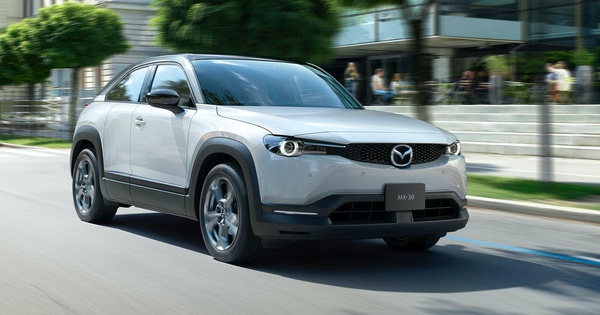GuatemalaThe Dutch organization The Ocean Cleanup is looking to capture thousands of tons of plastic that flows into the Caribbean Sea each year through the Las Vacas River.
Boyan Slat, Director and Founder of the organization, on June 8 told AFP that the plan includes the installation of “The Interceptor” – a giant metal fence used to prevent plastic from landfills in the Republic of Guatemala’s capital, Guatemala, from passing through the Chinautla municipality along the Las Vacas river, a tributary of the Motagua River.
According to estimates by The Ocean Cleanup, each year about 20,000 tons of plastic waste flows through the Las Vacas tributary to Motagua and eventually ends up on the Caribbean beaches of Guatemala and Honduras.
“That huge amount of garbage makes the Motagua one of the most polluted rivers on the planet,” Slat stressed.
Plastic waste covers the bottom of the Las Vacas River in Guatemala as the water recedes. Video: AFP
The Interceptor Fence will work by trapping waste flows into the river, and when the water level drops, it will all be removed with an excavator. The plan is expected to begin rolling out in the coming weeks.
“The ocean belongs to everyone, so it’s important to keep it clean and that’s part of why we’re here. The Ocean Cleanup’s mission is to clean up the world’s oceans.” world and one of the ways we do that is to stop the flow of plastic through the rivers, the main source of plastic that ends up in the ocean,” added Slat.
In the past, The Ocean Cleanup has performed a different kind of “intercept” in Malaysia, using large boats equipped with mechanisms that collect garbage at the mouth of the river before it can flow into the sea.
The organization is also developing a system that includes a 600-meter-long buoy and a 3-meter-deep barrier to clear trash in the Pacific Ocean. It will operate on the natural strength of the wind, ocean currents and waves. Equipped with a series of modern technologies such as cameras, sensors, satellite antennas and anti-collision devices, the system promises to clean up to 90% of plastic waste in the Pacific island by 2040. .
Not only polluting the environment and poisoning marine life, plastic waste in the ocean can also create “ecological traps”.
Follow Nature Communications, many animals such as anemones, brittle stars, shrimps and seahorses are gathering in large biomes on floating garbage islands. Through ocean movement, they are transported to new habitats and can become invasive, wreaking havoc on native ecosystems.
These biomes also attract predators such as turtles, sharks, dolphins, and whales. When they do, they can mistakenly eat plastic waste or get stuck in the mess, eventually being killed.
Doan Duong (Follow AFP)
at Blogtuan.info – Source: vnexpress.net – Read the original article here




